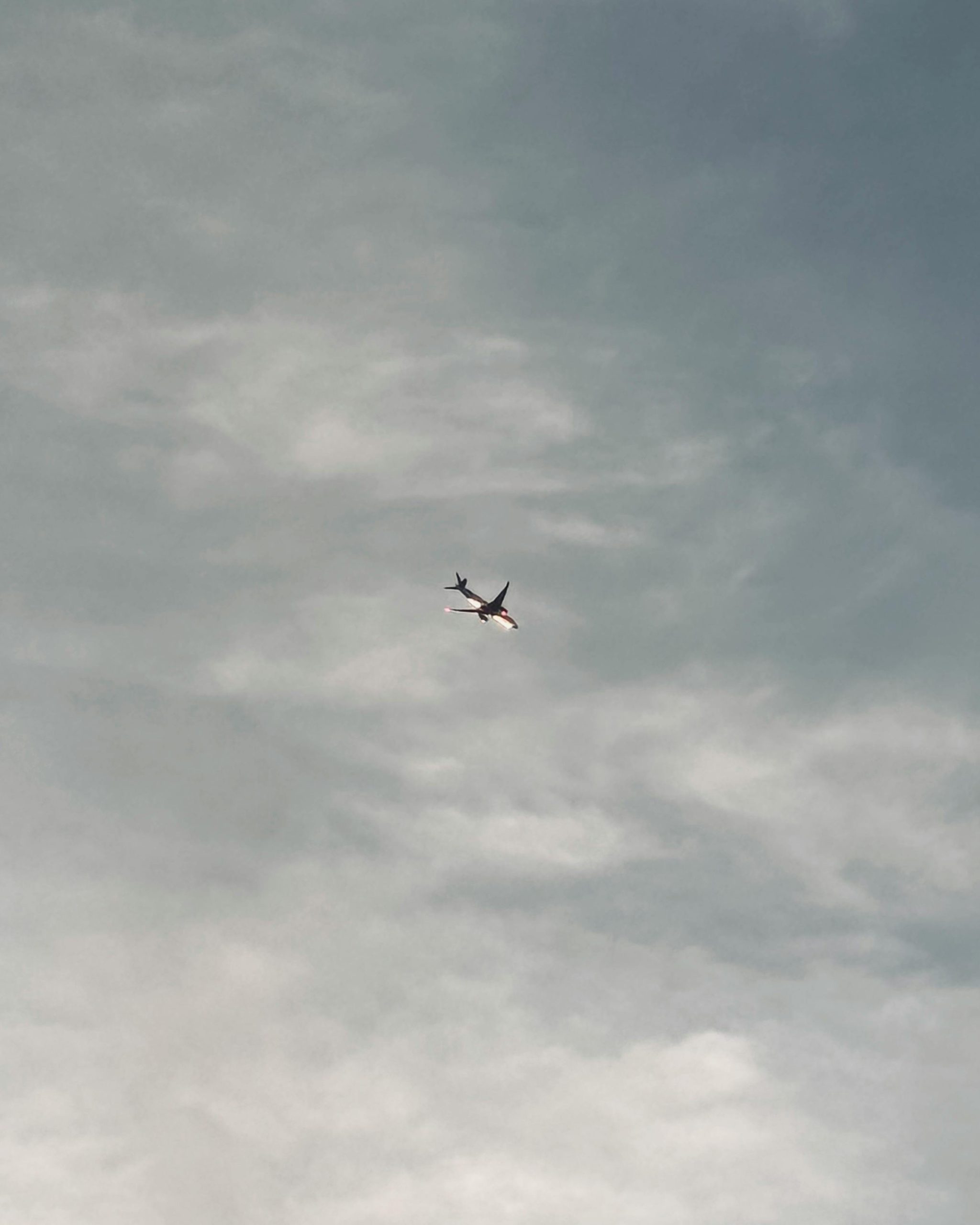It seems that someone has been deliberately placing leeks along the high street, causing residents and passersby to take notice and speculate about the reasons behind it. This could be a prank, perhaps organized by a local group or individual looking to inject some humour or curiosity into everyday life. Alternatively, it might be part of a local marketing or art initiative designed to engage the community or draw attention to a particular cause or event. Without further context or information about the person or group responsible, the exact motives remain uncertain. Observers may keep an eye out for any accompanying signs or messages that might provide clues, or local forums and social media might eventually reveal more about the curious act.
Supporting the People of Berkshire

This is a fascinating situation that really highlights the creativity and whimsy of community engagement! The unexpected placement of leeks not only captures attention but also invites a broader discussion about the role of art and humor in public spaces. It reminds me of similar instances where ‘guerrilla gardening’ or playful installations have sparked conversations and connections among residents.
Maybe it’s an opportunity for local businesses or organizations to get involved and create an interactive experience—for example, hosting a “leek trail” scavenger hunt with small prizes for participants. It could also serve as a springboard for local discussions about food sustainability or even cooking workshops, turning a light-hearted act into a meaningful community initiative.
Whatever the reasoning behind the leeks, I genuinely hope it fosters a sense of togetherness and inspires more innovative expressions in our public spaces! Has anyone attempted to postulate who might be behind it, or are there any local forums buzzing with theories?
This is a fascinating situation that definitely sparks curiosity! The placement of leeks on the high street also underscores the potential of urban spaces to serve as canvases for creativity and community engagement. It would be interesting to explore similar instances in other towns where unconventional art or playful pranks have had a positive impact on community spirit. Additionally, it might prompt a discussion about how urban interventions—especially those that catch the public off guard—can encourage dialogue and reflection on local culture and identity. Perhaps a collaborative effort could be initiated to create art installations or community gardens that could echo this playful spirit while also fostering a sense of connection amongst residents. Finding the balance between creativity and meaningful engagement could transform playful disruptions like this into memorable community experiences. What are your thoughts on potential positive outcomes from this quirky act?
This intriguing phenomenon highlights the powerful role that everyday objects like leeks can play in sparking curiosity and community engagement. Such unconventional street art or pranks can serve as effective conversation starters, bringing residents together and encouraging dialogue about local issues or events. It would be interesting to explore whether similar acts have occurred in other regions and what responses they elicited. Additionally, this situation underscores the importance of local authorities and community groups working collaboratively to understand and potentially incorporate spontaneous creative expressions into community development strategies. Keeping an eye on social media and local forums should indeed help uncover the motives behind this savory street spectacle—who knows, it might even inspire a culinary-themed public art project!